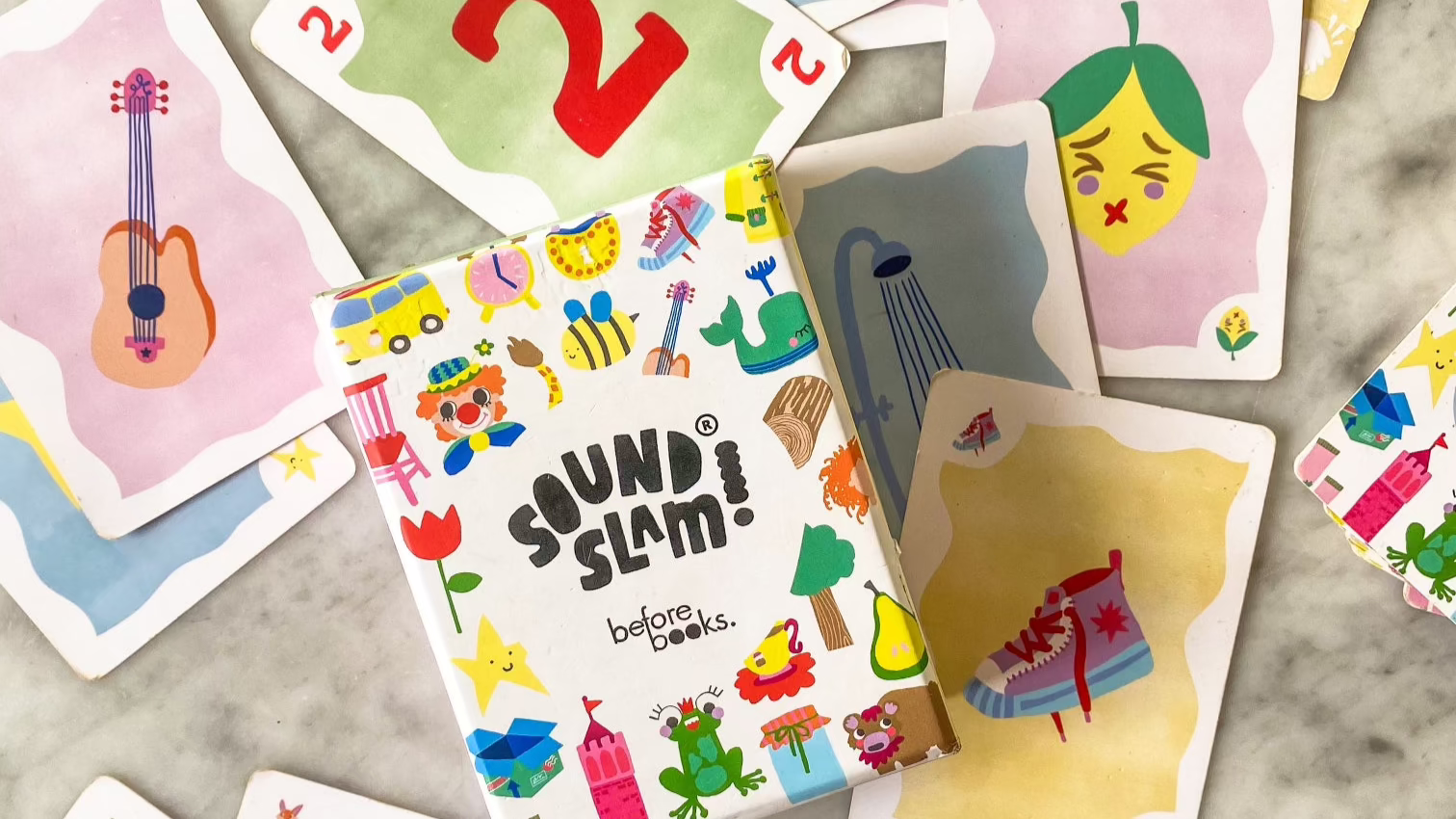
“Reading wars” have raged for decades with various experts disagreeing about the best way reading can be taught (Castles et al. 2018). For a long time all arguments were valid as they were based on anecdotal evidence and comparing one person’s hunch to another was the best we could do. However, advancements in technology allowed scientists to get involved. Brains were scanned, eye movements examined and now we know for sure the most effective and efficient way to learn to read. Structured literacy, which is based in The Science of Reading, is slowly becoming common practice in classrooms, however, old habits die hard! Disproven methods, outdated resources and flawed advice for parents are still making the rounds today. Below we review the history of the various methods so you can recognise any incorrect teaching methods still being used today.
False Start One, Whole Language
From the 1970s, a whole language approach was used by schools all over Australia, NZ, America and the UK. The concept sounded simple enough. Educators figured that exposure to conversation had led to a child learning to speak so exposure to books would lead a child to read. In the whole language approach, children were encouraged to memorise hundreds of words- hello flash card overload! When they came across a word they didn’t know, they were asked to use a variety of guessing strategies like "look at the picture or think of a word that would make sense in this context". Since it worked for some children, it was assumed it could be rolled out widely, mass produced and used to teach everyone. If a child wasn’t reading well (and there were loads), it was often assumed this was because the parents had not been reading to them enough or perhaps because they were inattentive or ‘naughty’.
Enter Science... Some Listen
You could be forgiven for thinking The Science of Reading is new but it is actually a body of research that has existed for decades. Initially the information fell on deaf ears....
“Phonics is boring”
“Students won’t like it”
“Scientists don’t know what happens in a classroom, they can’t be right about this.”
They cried!
Well, they can, they were, they are. We owe so much to these academics who stuck to it despite the refusal of many (many many!) to listen.
But sadly, whole language textbooks had been printed, programmes had been written, funding had been rolled out from the government so changing tact was somewhat complicated. Time for false start two.
False Start Two, Balanced Literacy
There was one resounding recommendation from the academics that slowly started making traction. Phonics instruction is of great importance and needs to be implemented in all classrooms. Yay! The people heard, and a move away from whole language began. But they only got so far.
Balanced literacy was like a compromise. It took all the best bits of whole language- the rich texts and the emphasis on reading for meaning and sprinkled in some phonics instruction to ensure that all this new ‘science stuff’ was being addressed too.
It sounds good in theory. The trouble was that while yes, the best parts of whole language were included- so too were the worst. ‘Guessing’ disguised in different ways, continued to be used as a main strategy for teaching reading and sure a little phonics instruction was added, but not all phonics instruction is made equal and the balanced literacy model didn’t seem to appreciate that a dash of it here and there was not going to cut the mustard. There has been a building dissatisfaction with the balanced literacy approach. If it really is the best of both worlds then how come so many students today can’t read, are slipping through the cracks or are just scraping by?
We now know that any strategy that encourages a student to take their eyes off a word or use extraneous cues to get through a sentence is not reading. Any strategy that involves elements of guessing is in fact building habits in young readers that are difficult to shake as they get older and can lead to what’s known as the ‘Year 4 slump’. This is when the sentences get complex, the pictures start to disappear, the words become longer and the guessing gets harder. So hard in fact that many students declare they hate reading, they're no good at it and essentially give up. Balanced literacy isn’t good enough, it needs to go.
Third Time Lucky! Enter Structured Literacy
Thankfully we have entered/ are entering a new era of reading instruction. Science has been heard, and The Science of Reading has made its way to classroom instruction in the form of structured literacy. Finally what scientists have known for decades has reached the front line and reading instruction is on the move (again!). A new English curriculum has been rolled out across the country and finally we have a model of reading instruction that is grounded in research and proven to be effective and give all students the best chance at a literate future. So what’s the difference? We know that successfully learning to read relies upon six all important contributors that are codependent. The Big Six (Konza, 2014) of reading are oral language, vocabulary, phonological awareness, phonics, fluency and comprehension. Structured literacy knows the importance of these Six and actively assesses, discusses and teaches them. A cornerstone of structured literacy is explicit instruction that is both systematic and cumulative in nature. It involves careful planning so that instruction is built upon prior learning and is planned carefully in advance, making considerations for students’ cognitive load limitations while ensuring no stone is left unturned.
SO DRAMATIC! TELL ME MORE?
We recommend 'Sold a Story: How Teaching Kids to Read Went So Wrong'. Download this investigative journalist series from Emily Hanford to hear the full history in enthralling detail and see the impact this amazing podcast has had on how kids learn to read in the US and the world. You will not regret this listen!
STANDING ON THE SHOULDERS OF GIANTS
Castles, A., Rastle, K., Nation, K. (2018). Ending the Reading Wars: Reading Acquisition From Novice to Expert. Psychological Science in the Public Interest. Volume 19, Issue 1.
Konza, D. (2014). Why the "Fab Five" should be the "Big Six"
Hanford, E. (Host). Sold a Story. [Podcast]. (2022).
Rowe, K. (2005). National inquiry into the teaching of literacy. Melbourne: ACER.
